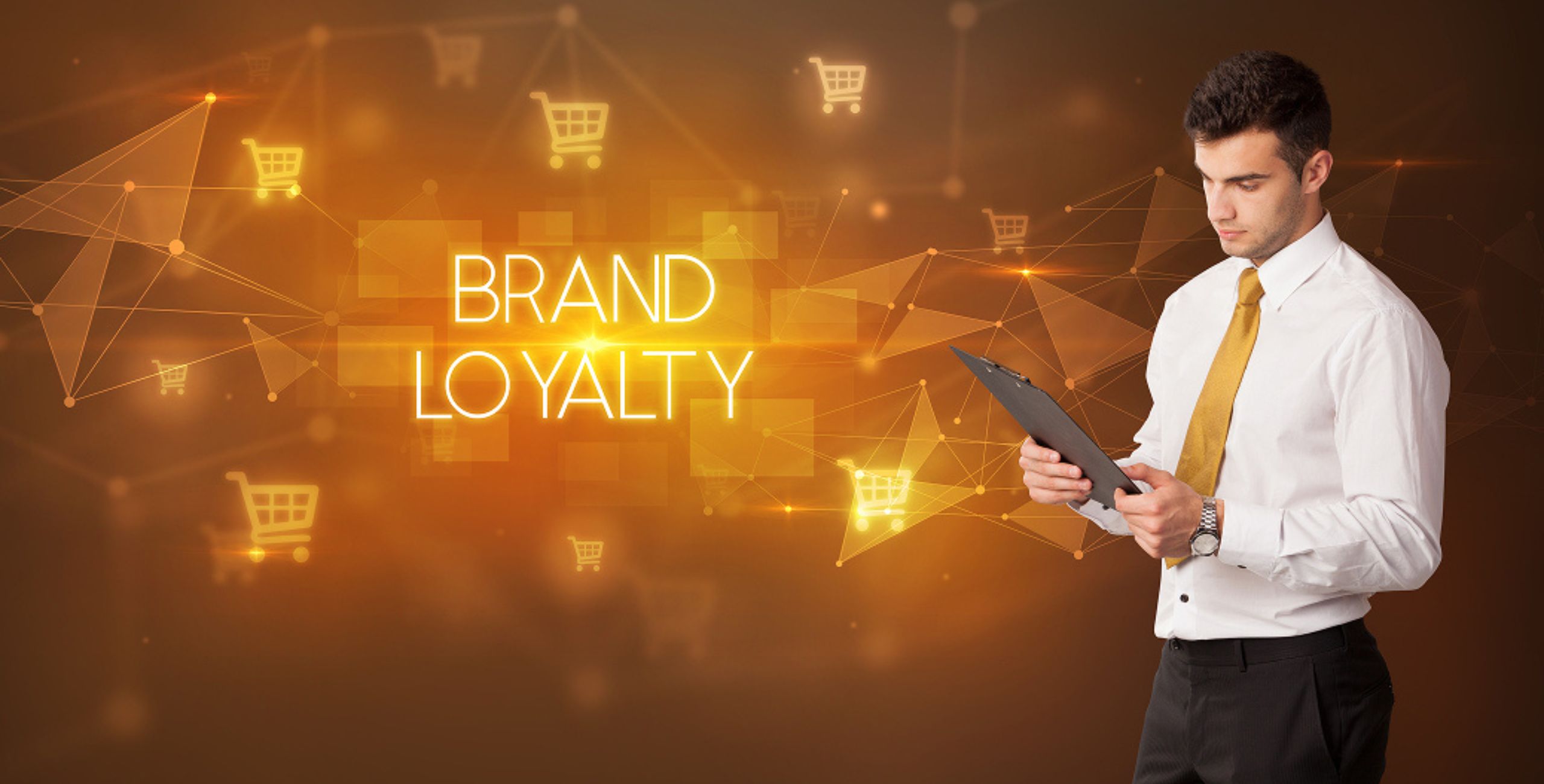White Label Link Building: How Does It Work For SEO Agencies?
Dec 19, 2025

Dec 19, 2025

Dec 18, 2025

Dec 17, 2025

Dec 15, 2025

Dec 15, 2025

Dec 15, 2025

Dec 13, 2025

Dec 12, 2025
Sorry, but nothing matched your search "". Please try again with some different keywords.


In today’s day and age, staying at the forefront of the audience’s mind is the most challenging task for businesses and marketers.
The digital shift and the shifting attention spans of audiences across demographics are also contributing to the growing difficulty in developing and nurturing brand loyalty.
It takes more than flashy and attention-seeking advertisements to stay loud and visible. However, marketers and brand experts of today’s time are using the two most essential forces of branding: energy and insight.
Together, these elements fuel connection, innovation, and trust—the bedrock of long-lasting customer relationships.
Energy in branding doesn’t always stand for being a loud personality in the competitive market.
It’s also about the dynamism, passion, and purpose that align with an audience. When a brand is communicating with its audience, they are using more than its words. They offer inspiration and a sense of shared values.
Let’s explain that with a concrete example. Brands such as Nike and Apple have always been consistent with their unique messaging that appeals to a specific audience.
They engage with their audience with more than just a product. It’s more about the direct connection, communication, and shared value reflected across print, digital media, and brand stores.
Beyond the products, gears, and gadgets, these brands tell stories about what users become once they start associating them with the brand.
This energy must be authentic and aligned with the brand’s mission. When employees are energized and aligned, their enthusiasm spreads outward. Customers can feel that sense of vibrancy.
It makes them want to be part of the journey. This kind of energy also fuels creativity, agility, and risk-taking, qualities that help brands evolve with their audiences instead of lagging behind.
While energy gets attention, insight earns trust. Real brand loyalty grows when a company understands its customers deeply. This goes beyond simple demographics or purchase history. It’s about uncovering the emotional drivers, unmet needs, and lifestyle preferences that shape decisions.
Big-name brands often invest in these types of insights to personalize their overall customer experience, improve products, and build future demand.
Here are a few good examples:
Spotify is the pioneer when it comes to tailoring music recommendations. It uses a perfect blend of algorithms and emotional connection to build insights that keep its audience hooked.
Every year, Spotify compiles the year-round listening habits and data to create Spotify Wrapped for its audiences.
Audiences get visibility over the set of artists, songs, and playlists they have listened to the most.
Amazon is another brand that uses analytics and insights to improve its branding. The global e-commerce leader is constantly improving their customer relation to strongly impact their branding.
Insight also plays a crucial role in navigating change. Consumer expectations shift rapidly, and brands that rely solely on outdated assumptions risk losing relevance. Ongoing research, active listening, and feedback loops help companies stay connected and responsive.
When a brand combines high energy with deep insight, it becomes more than a provider. It becomes a partner. Customers aren’t just buying a product; they’re buying into a vision. This kind of emotional investment is the secret to lasting loyalty.
Even in times of crisis or competitive disruption, these brands often retain their core customers. People are more forgiving of mistakes when they believe in the brand’s intent and feel heard. They’re also more likely to advocate for the brand, creating a ripple effect of organic growth.
Loyalty today isn’t passive. It’s interactive and emotional. It’s about reciprocity—brands show up with value, and customers return with trust.
Energy and insight don’t happen by accident. They come from visionary leadership that prioritizes culture and customer understanding. Leaders who embody this mindset don’t just focus on profit margins; they cultivate purpose, experimentation, and bold thinking.
One such example is Scott Morrison speaker, known for driving transformative change through creative leadership.
His approach illustrates how energy and insight can be brought together to inspire teams, build stronger brands, and deepen customer connections.
His sessions help organizations tap into their own sense of purpose and rediscover what truly resonates with their audience.
It’s essential to use energy and insights into the overall branding efforts of a brand. In fact, it’s the core part of brand communication. Brands must start by identifying their core values, researching their audiences, and consistently communicating them across channels.
Here are the core steps for incorporating energy and insights into branding:
The Google Algorithm favors brands that incorporate E-E-A-T techniques into their digital campaigns and overall online presence. A proper use of insights and energy can help reflect the results of E-E-A-T on a brand’s search ranking.
The Google Algorithm favors brands demonstrating quality and audience-focused content that actually helps the audience. Insight and energy-driven branding is mostly about creating value-added content that connects, provides value, and retains its audience.
When marketers start to follow the right branding techniques, it improves their chances of getting a higher level of brand name search on the search engine.
Ultimately, building real brand loyalty requires more than marketing tactics or loyalty programs. It calls for a strategic blend of energy, bringing the brand to life with clarity, conviction, and insight, understanding people’s hearts and minds.
In a world where consumers can switch brands with a swipe, loyalty must be earned, not expected. The good news? Brands that are willing to invest in energy and insight won’t just survive; they’ll thrive.
Barsha is a seasoned digital marketing writer with a focus on SEO, content marketing, and conversion-driven copy. With 7 years of experience in crafting high-performing content for startups, agencies, and established brands, Barsha brings strategic insight and storytelling together to drive online growth. When not writing, Barsha spends time obsessing over conspiracy theories, the latest Google algorithm changes, and content trends.
View all Posts
White Label Link Building: How Does It Work ...
Dec 19, 2025
Marketing Fundamentals: How To Build Your Fir...
Dec 18, 2025
AI SEO: Why It Matters & How To Rank O...
Dec 17, 2025
Best QA Testing Tools For Agile Development T...
Dec 15, 2025
NewzNav.com 2014623980: Is This News Site Wor...
Dec 15, 2025

